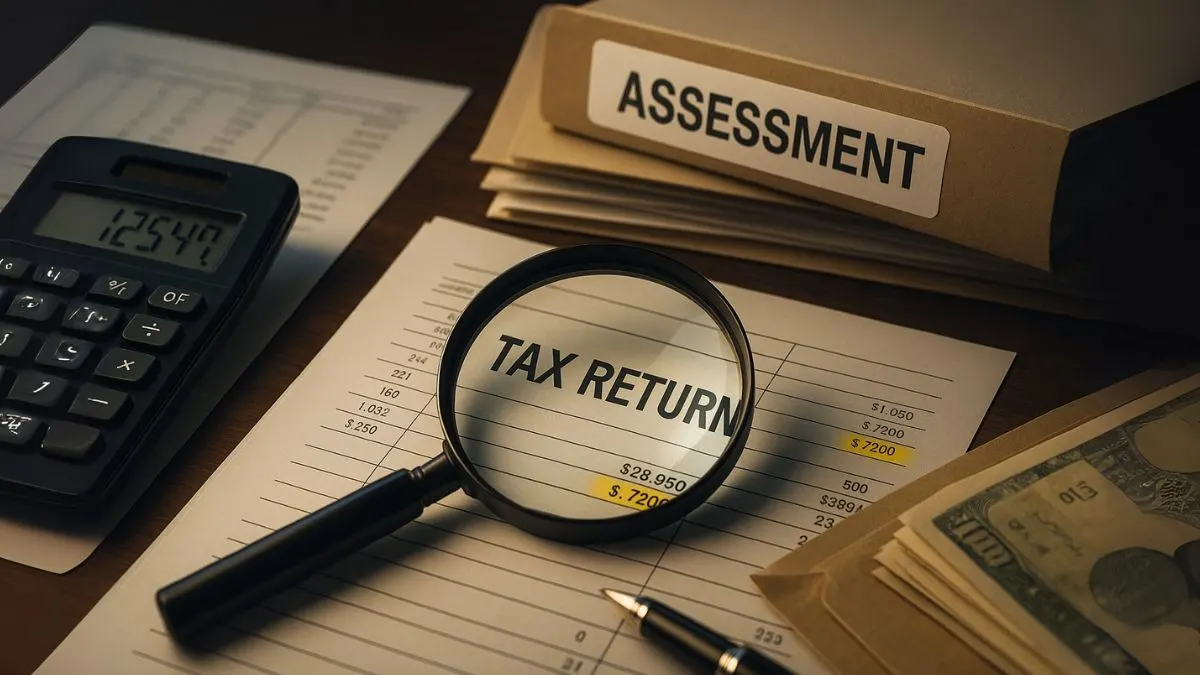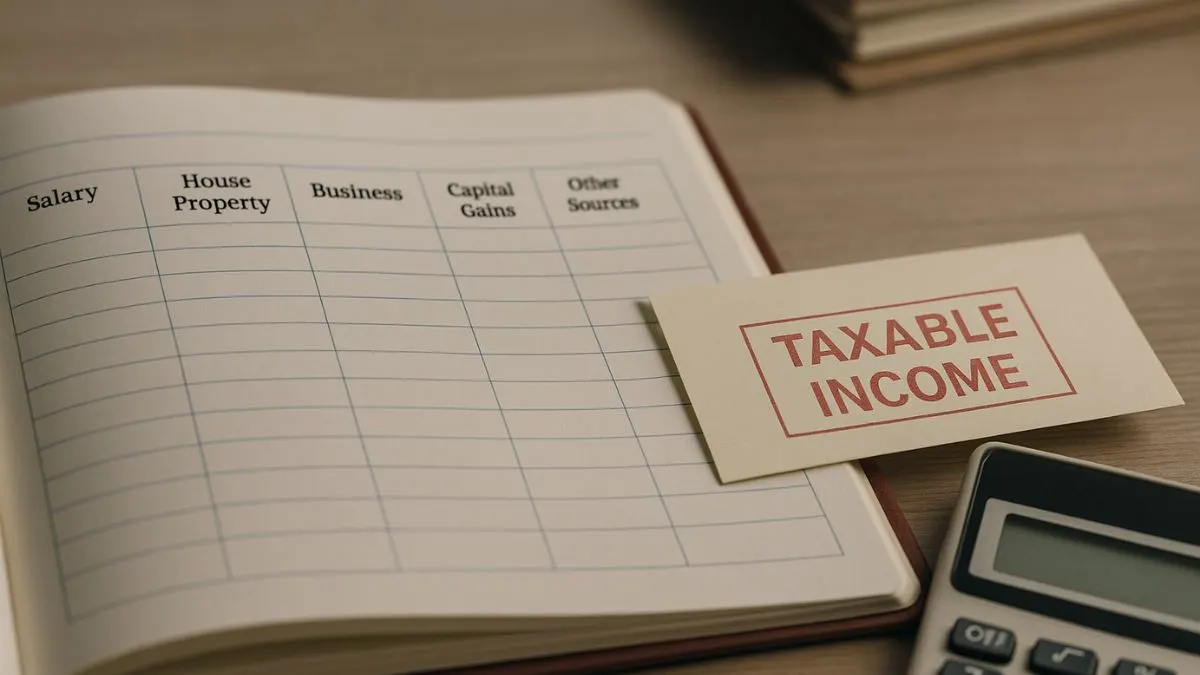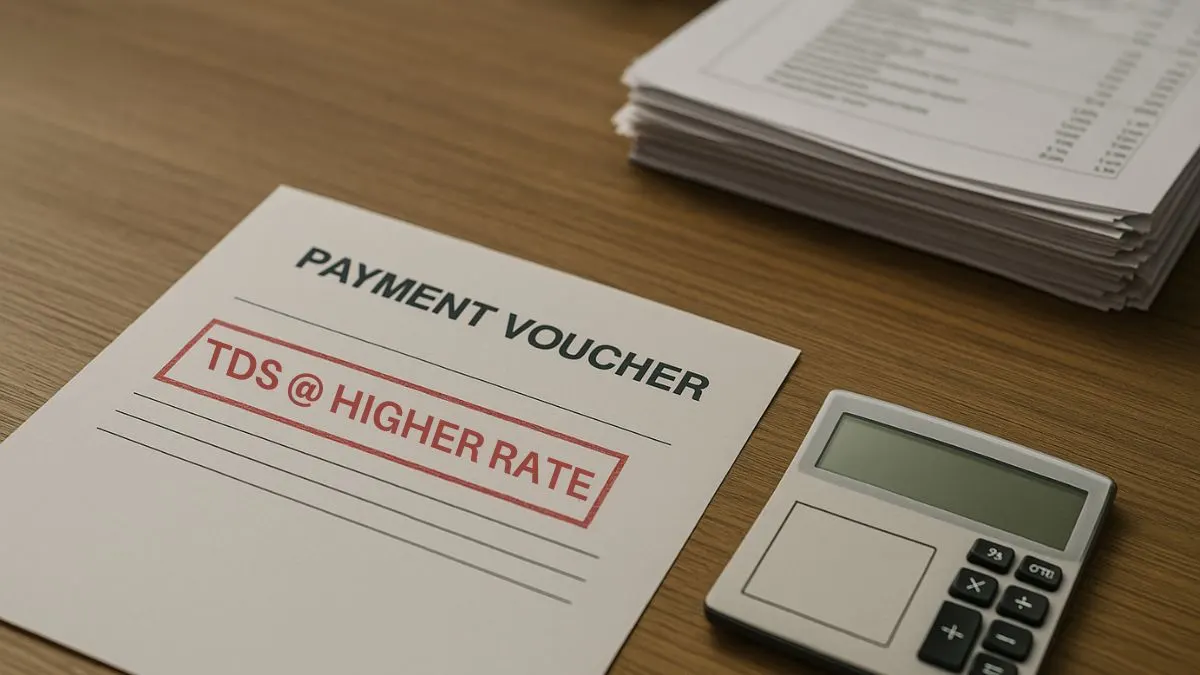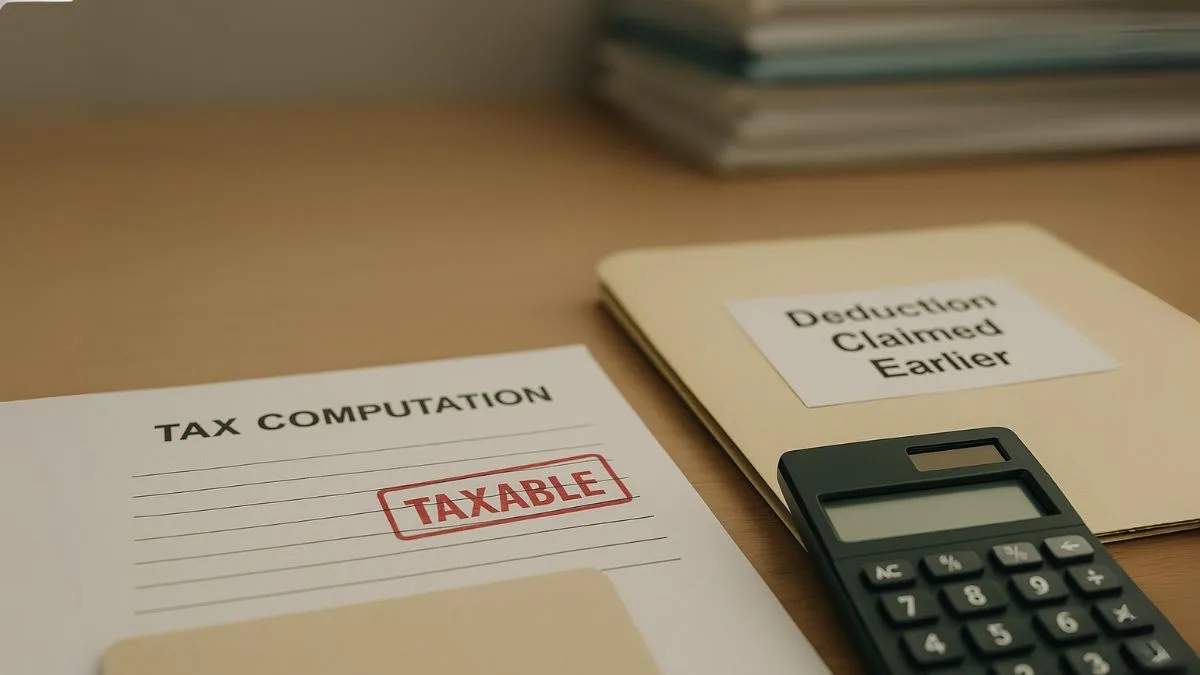
When it comes to income tax in India, two terms often confuse taxpayers—Financial Year (FY) and Assessment Year (AY). While the financial year is when you earn your income, the assessment year is the year that comes after the FY when your income is assessed and taxed by the government.
Simply put, the year in which you pay tax on this income is called the assessment year. It’s the year in which your finances are assessed and taxed, based on the income earned in the previous financial year. For example, AY 2025–26 will be the assessment year for F.Y. 2024–25, meaning all income earned between April 1, 2024, and March 31, 2025, will be assessed and taxed in the period between April 1, 2025, and March 31, 2026.
Assessment Year vs Financial Year – The Key Difference
The financial year is the active earning period—your salary, business income, investment returns, and other sources of income are generated during this time. The assessment year, on the other hand, would be the following year from the financial year, when tax filings, assessments, and refunds happen.
For instance:
- FY 2024–25: April 1, 2024 – March 31, 2025 (income is earned)
- AY 2025–26: April 1, 2025 – March 31, 2026 (income is assessed and taxed)
This gap ensures the Income Tax Department has time to evaluate your declared income, verify deductions, and calculate your final tax liability."
Why the Assessment Year Exists
Some people wonder why taxes aren’t collected within the same year income is earned. The reason is practical—taxation requires time for income reporting, auditing, and compliance checks. The assessment year provides a structured period where:
- Individuals and businesses file their Income Tax Returns (ITR).
- The government verifies all reported figures.
- Any outstanding tax dues are collected, and refunds are issued.
This system also allows for year-end adjustments like advance tax settlements, TDS reconciliation, and deduction validations.
Example of Assessment Year in Action
Let’s take a simple scenario. Suppose you earned ₹12,00,000 in FY 2024–25 through salary and investments. Your employer deducted TDS each month, and you made some tax-saving investments. You’ll file your ITR in AY 2025–26, declaring your income, deductions, and taxes paid. The Income Tax Department will assess your return during this assessment year and decide whether you owe more tax or are eligible for a refund."
Common Deadlines in the Assessment Year
For most individual taxpayers:
- ITR Filing Deadline: July 31 of the assessment year (now September15 for AY 2025-26).
- Audit Cases: September 30.
- Revised/Belated Return Filing: Generally allowed till December 31 of the assessment year.
- Tax Payment: Any pending taxes must be paid before filing your return.
Missing these deadlines in the assessment year can lead to penalties, interest charges, or even notices from the department.
Also Read: Financial Year (FY) – Everything You Need to Know for Tax and Business Reporting
How AY Impacts Salaried Individuals
For salaried employees, the assessment year is the time when:
- You receive Form 16 from your employer.
- You file your ITR for the income earned in the previous FY.
- You claim refunds for excess TDS deducted.
- You declare additional income from other sources like interest or capital gains.
Since the year in which your finances are assessed and taxed directly affects your compliance record, timely filing in the AY is critical.
How AY Impacts Businesses and Professionals
For businesses, the assessment year is equally important. This is when:
- Annual financial statements are finalized.
- Audit reports are submitted.
- Income tax returns for the previous FY are filed.
- Deductions and exemptions are claimed.
In many cases, businesses must also respond to queries or notices issued during the assessment year.
AY and Tax Planning Strategies
A smart taxpayer doesn’t wait until the assessment year to think about taxes. Planning during the financial year ensures:
- You maximize deductions under sections like 80C, 80D, and 80G.
- You avoid last-minute tax liabilities in the AY.
- You reduce the chances of underpayment penalties.
Still, the assessment year is your final checkpoint to ensure everything aligns before the tax department completes its evaluation."
Assessment Year for Special Cases
There are situations where the assessment year works differently:
- Newly incorporated companies: May have a shorter first FY, leading to an adjusted AY.
- Non-residents: Tax liability in the AY is based on income earned in India in the previous FY.
- Capital gains: All gains from the FY are taxed in the following AY, regardless of whether they were short-term or long-term.
Also Read: Deductions in Income Tax: A Complete Guide to Save More
Conclusion
The Assessment Year is not just a bureaucratic formality—it’s the period where your income, deductions, and tax payments are verified and finalized. Remember, the year that comes after the FY is the one in which your tax story is written. Whether you are an employee, a freelancer, or a business owner, the year in which you pay tax on this income is crucial for staying compliant and avoiding penalties.
"Want to avoid last-minute tax filing chaos this assessment year? Let the experts at Callmyca.com handle it—so you can focus on earning while we handle the assessing."











